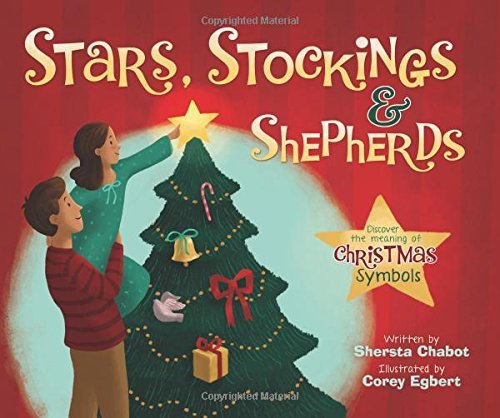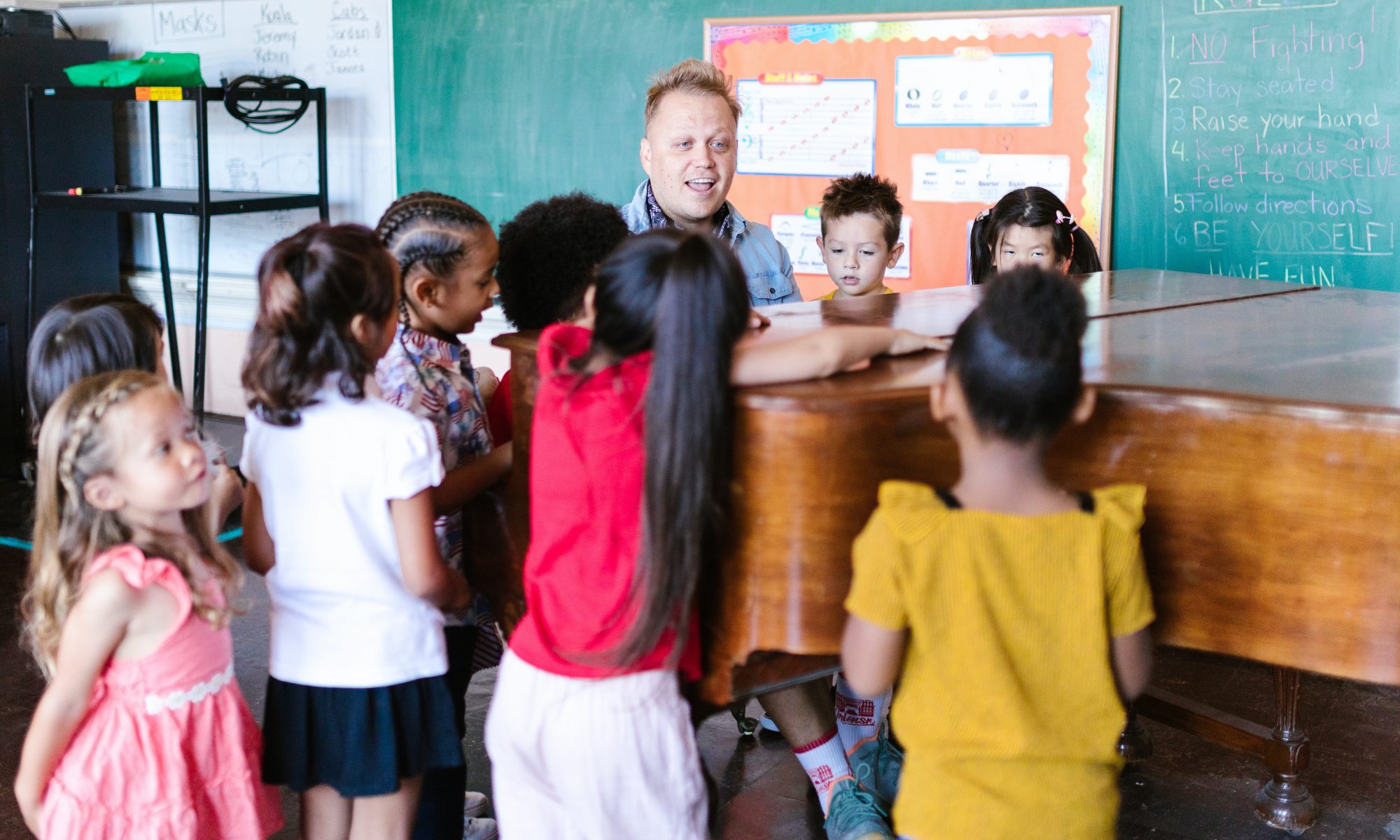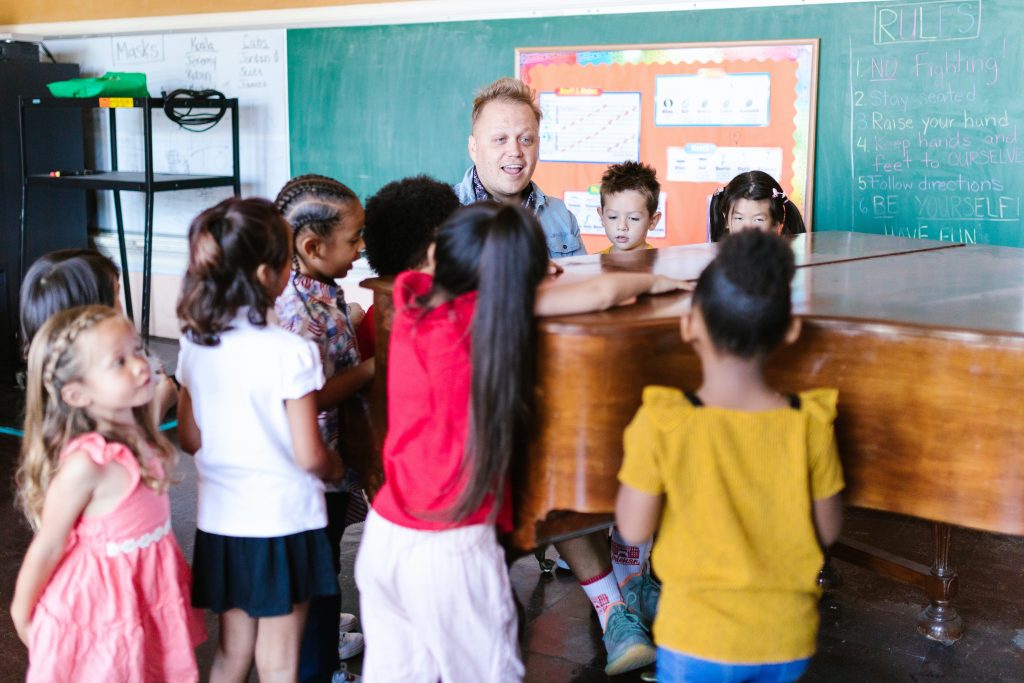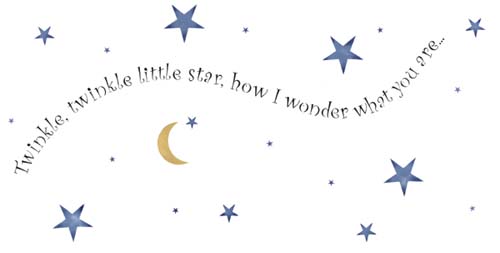Christmas is a time for giving, spending time with family, and of course, reading children’s books. Reading with your children is one of the most important things you can do for their development. There are many key benefits to reading with children, including improved language skills, stronger cognitive abilities, and enhanced emotional well-being.
And, during the holidays, by choosing children’s books that incorporate symbols of Christmas, such as Santa Claus and Rudolph the Red-Nosed Reindeer, you can help to foster your children’s love of reading and create special memories that will last a lifetime. Here are some of the most important advantages of reading with your children, as well as some tips on how to make it a fun experience for everyone!
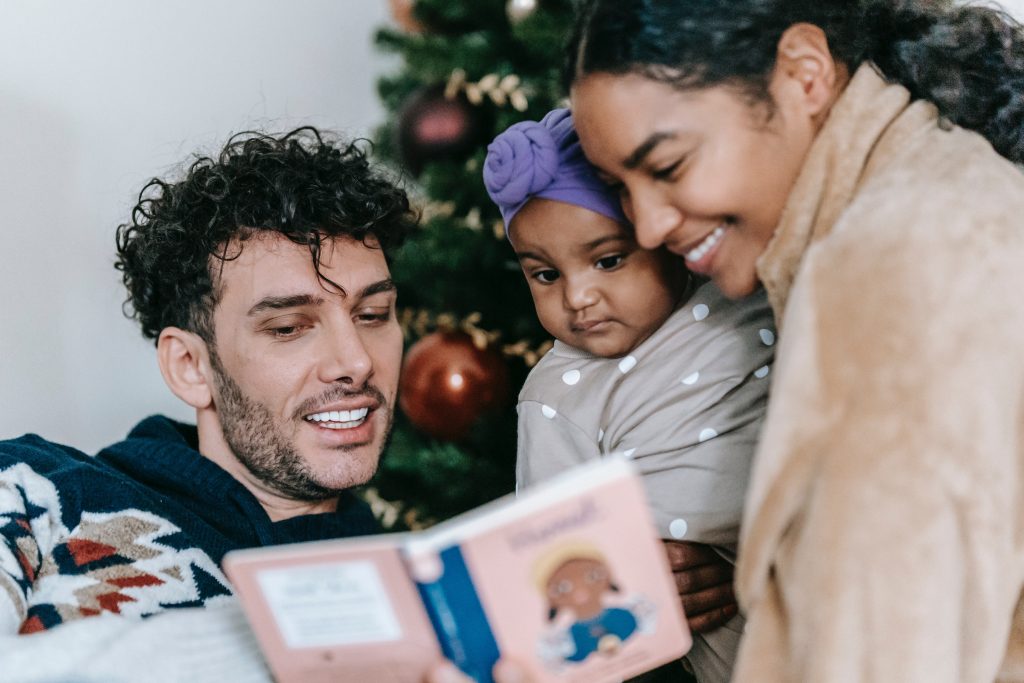
Top Reasons to Read With Your Children
1. Reading books together is a cherished Christmas tradition. Whether you are snuggling up by the fire for story time, or reading together before bedtime, children’s books offer a wonderful way to connect with your children and foster a love of reading. While few children will remember the gifts they received each year, they will never forget the time spent reading with you.
2. Reading helps children learn and develop important language and cognitive skills. Not only does reading help children learn to read and foster a love of books, but it also supports their emotional development. By engaging in conversation about the story and asking questions about the characters and plot, children are actively working out their understanding of new concepts.
3. Reading with your children can also help to cultivate a sense of empathy and understanding. Through reading books that explore difficult topics or depict challenging situations, children learn how to empathize with others and see the world from different perspectives. Empathy is a key skill that is crucial for success later in life, and it can be fostered through children’s books.
4. Reading promotes imagination and creativity. Children’s books are full of fantastical imagery and rich language, which can inspire children to use their own imaginations and think outside the box. The ability to use imagination and creativity is important for children as they grow and develop, because these qualities further help to foster confidence, problem-solving skills, and critical thinking abilities.
5. Reading is fun! Whether you are laughing over silly stories or exploring new worlds together, children love getting lost in a good book with their parents. Reading together can be a wonderful way to create close bonds between family members. It can also be an inexpensive way to create magical memories that children will always treasure. By creating traditions around reading books each holiday season, children can look forward to this time with excitement and anticipation, helping to build positive associations with books.
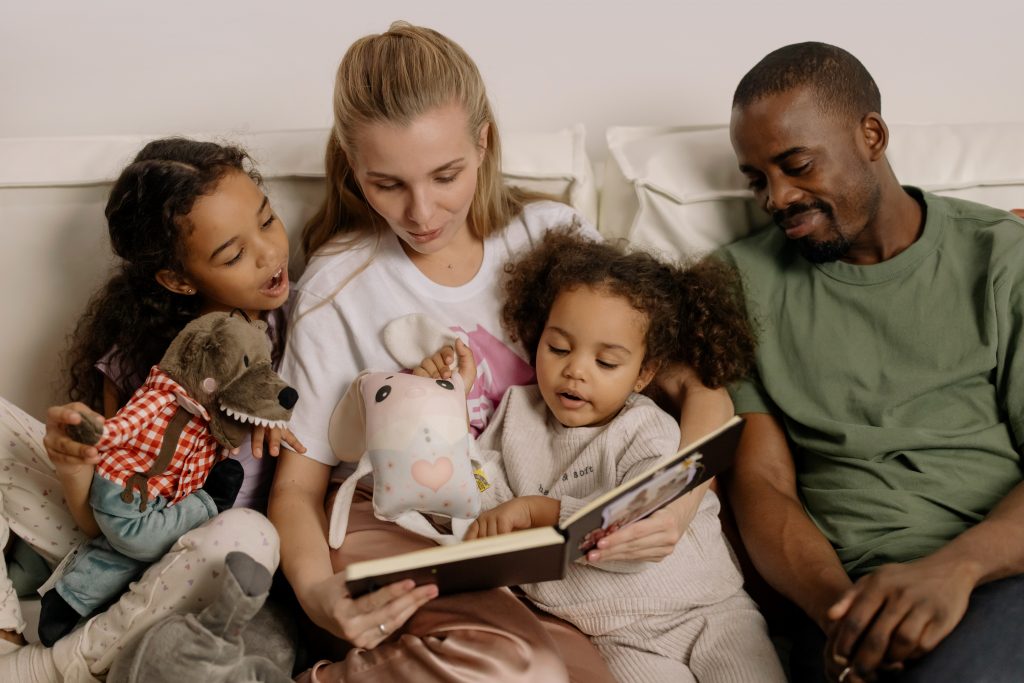
Ways to Make Reading Fun for the Whole Family
One of the best parts of reading together as a family is how easy it is to make it fun! Even if some family members show resistance to reading together at first, by trying one or more of these tips, you may soon find that everyone is looking forward to your time reading together.
Tip #1: Experiment with different children’s books and genres. From picture books to chapter books, there are many types of children’s literature that can be explored together. Try reading classics such as “The Polar Express” by Chris Van Allsburg or newer favorites like “Where the Wild Things Are” by Maurice Sendak. You can also branch out into different types of children’s books, such as poetry or graphic novels.
Tip #2: Make reading a family activity. Instead of simply reading with your children, try involving other family members and making it a fun event for everyone! You could have your children read stories to younger siblings or cousins, or even invite others over to share in the reading experience.
Tip #3: Make children’s books part of your family traditions. Whether you commemorate special holidays or events by reading particular children’s books, or create a children’s book-themed gift exchange, there are many ways to make children’s literature part of your holiday celebrations and traditions.
Tip #4: Incorporate interactive elements into reading time. Whether it’s acting out children’s stories together or dressing up as characters from children’s books, there are many ways to make reading time more fun and engaging for children. You can also try incorporating different activities or games into your read-aloud sessions, such as retelling children’s books through drawing or building blocks.
Ultimately, the best way to get children excited about children’s books is by making them a family hobby. Whether you start a holiday book tradition, create a family book club, or go to children’s book festivals together, there are many ways to make children’s literature part of your regular routine and get children excited about reading!

Why Not Make Reading Your New Holiday Tradition?
This holiday season, why not start a new tradition by learning about the rich symbolism and importance of Christmas? Reading children’s books is a great way to explore the meaning and significance of this beloved holiday with your children, building bonds, creating magical memories, and fostering a love of reading for years to come.
So this holiday season, make children’s books like Stars, Stockings, and Shepherds part of your family traditions and get ready to discover the joys of reading together!

